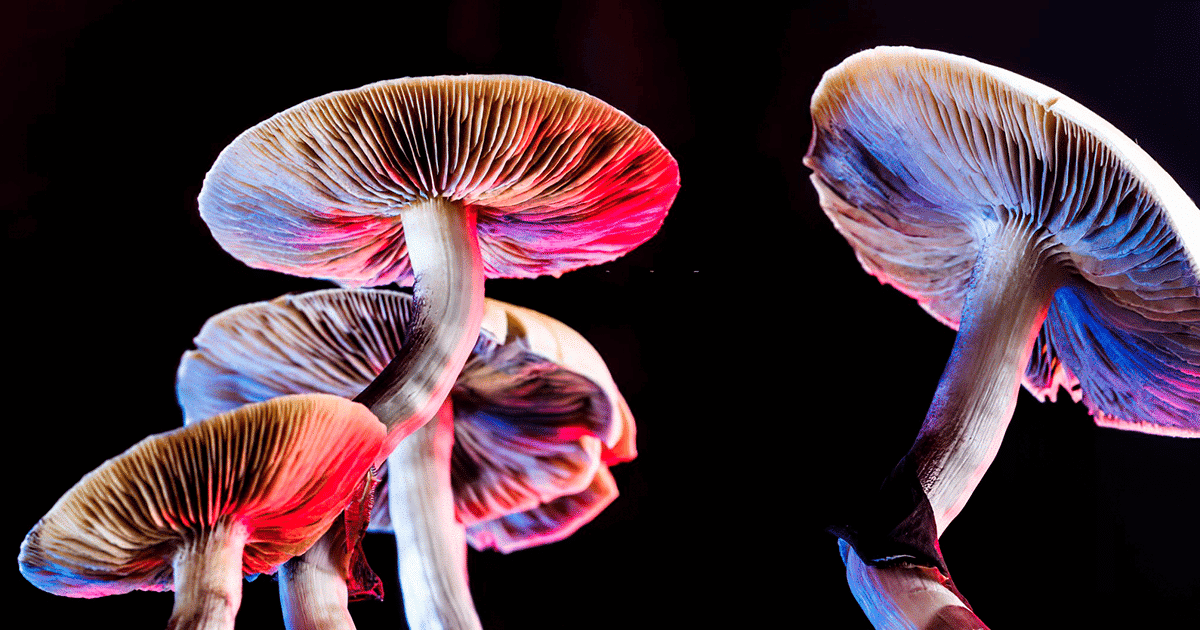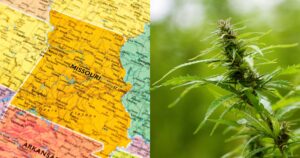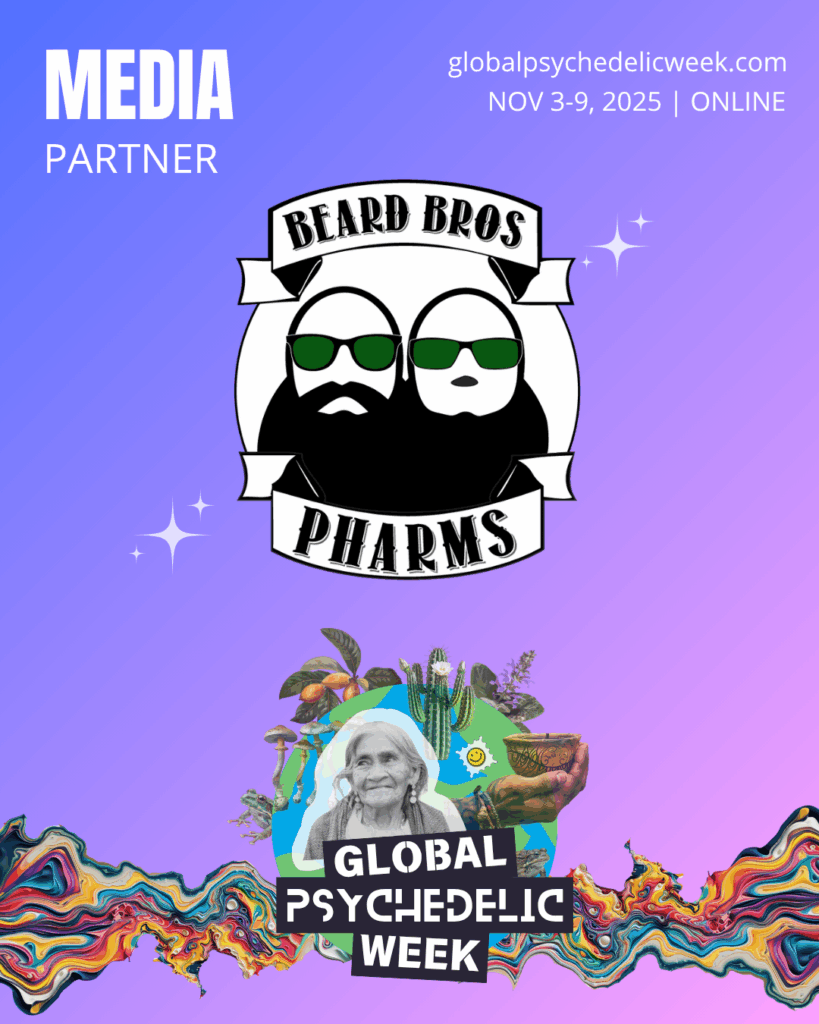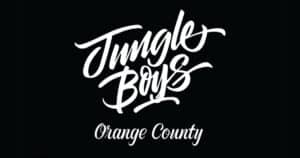The scientific community has jumped on the bandwagon admirably in psychedelics, psychedelic therapy, and guided psychedelic journeys.
In states like Rhode Island, Colorado, and California, local advocacy groups and legislators have tabled bills to decriminalize substances like psilocybin and dimethyltryptamine (DMT). In Baltimore, the Johns Hopkins University School of Medicine has published a statement suggesting that psilocybin-containing mushrooms, also known as magic mushrooms, should be reclassified as Schedule IV drugs.
This is based on active clinical trials investigating the potential for medical health benefits to patients. It is a veritable step in the direction of user freedom to possess, use, and even share their mushrooms for non-medical consumption. But what is the distinction?
This article will explore this subject closely, asking how hallucinogens affect the brain, which substances are classified as hallucinogenic, and where they come from (natural or synthetic).
Where Do You Find Hallucinogenic Substances?
“Psilocybin, lysergic acid diethylamide (LSD), peyote (mescaline), and dimethyltryptamine (DMT) are some of the most common “classic hallucinogens.” – DiscoverMagazine.com
Psilocybin is found in fungi, specifically certain species of mushrooms with common names like liberty caps and golden tops. Peyote is derived from a small cactus found in Mexico and the northern United States: the active compound is called mescaline and can be created synthetically in a laboratory. DMT is a white crystalline powder derived from plants found in Mexico, South America, and parts of Asia.
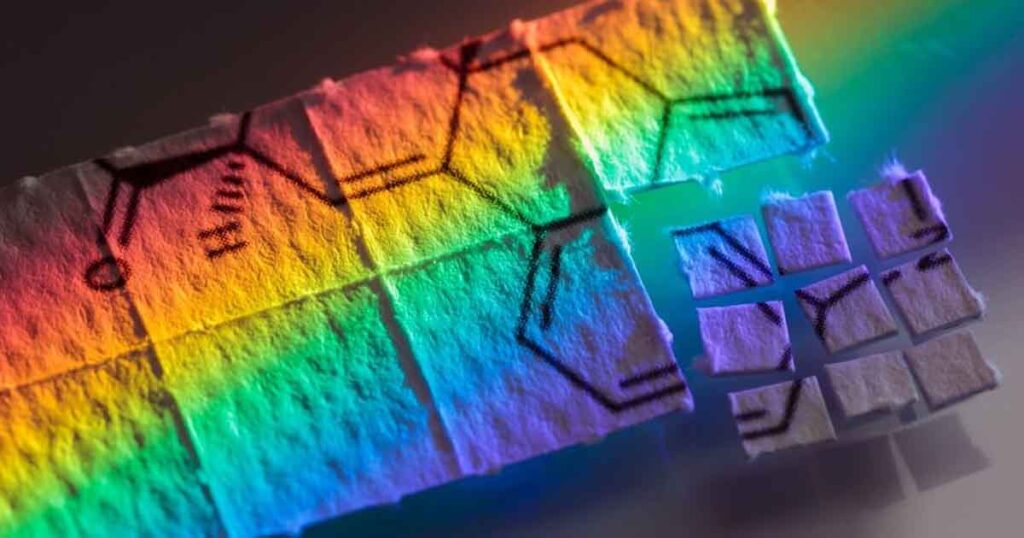
How Hallucinogens Affect a Person’s Brain
These substances create distortions in time and space in the user’s mind: where they are and what they are doing becomes part of an illusion or hallucination without being able to separate what is real and unreal.
These substances affect how someone thinks and feels after entering the bloodstream and take effect in the central nervous system. Peyote, ayahuasca, and DMT are used in indigenous cultural healing rituals and have a long history of facilitation by trained shamans. Magic mushrooms are used similarly but in secular or non-religious sessions (usually arranged by learned enthusiasts).
The purpose is to allow people to explore their own consciously-held and subconsciously-held beliefs in an awakened, conscious mindset. Hallucinogens cause the subject to experience reality in an altered state, amplifying sensory stimuli with a false or unreal perception—it triggers their mind and body to relax and conjures up imagery and sensations. Their beliefs are transformed into images or convoluted scenes that they interact with directly in real-time.
How Psilocybin Affects the Brain
In a 2022 psychotherapy study, a group of subjects who had treatment-resistant depression were given a set dose of psilocybin, and another group was given a set dosage—but were not told whether they were given psilocybin or a placebo (in this clinical trial, it was Escitalopram, an antidepressant).
The study found that psilocybin allowed the subject’s brain to reorder their neural connections, especially between previously strongly connected parts in the depressive state of mind. This allowed them to think differently, i.e., create new thought patterns and increased connections to other parts of the brain. This is strong evidence that psilocybin positively changes the subject’s brain under clinical conditions and/or in guided journeys.
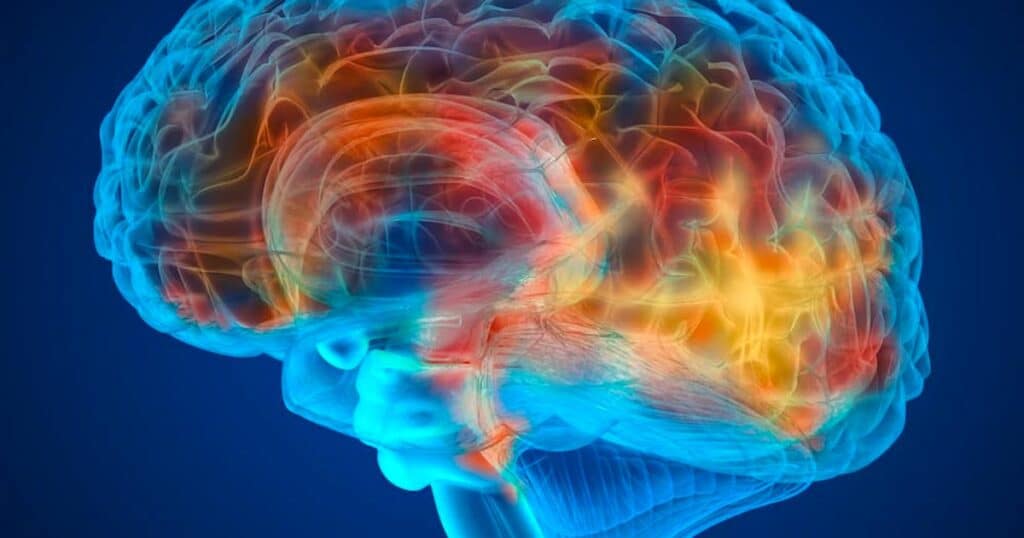
How Psychedelics Affect the Brain
Beginning in the 1950s and 1960s, American psychologists became fascinated with psychedelics, leading to an increase in research into recreational and therapeutic applications. The primary question was how—a question that remains largely unanswered.
“They asked how psychedelics reshape consciousness, perception, and cognition; how these drugs shake people’s sense of self; and whether psychedelics could be used to treat psychiatric disorders.” – Nature.com
It is believed that the brain’s neural pathways, linked to the brain’s chemistry, create the subject’s mindset. What they comprehend and understand is finely tuned in their brain’s cognition and replayed through lived experience. Psychedelic drugs that can be created synthetically found their way onto the open market, primarily via black market trade. This has provided an unofficial view into user experiences of substances like LSD.
Some users report experiencing paranoia, panic attacks, and hallucinations outside controlled experiments—without a trained facilitator. Some users regard the altered state as a “spiritual experience” wherein they believe they are engaging with their higher consciousness or having an out-of-body experience. Often this is seen as valuable: a necessary vantage point that unlocks the mind from its usual day-to-day experience of the self.
This can have a positive or negative impact, depending on their regular thought patterns and their propensity for positive self-acknowledgment. But having a trained facilitator, like a psychiatrist or psychologist, can help ease and direct a depressed user’s thoughts during the experience. Someone without a diagnosed mental health problem could feel fear and insecurity and have a “bad trip” as a result. However, the effects do not last too long.
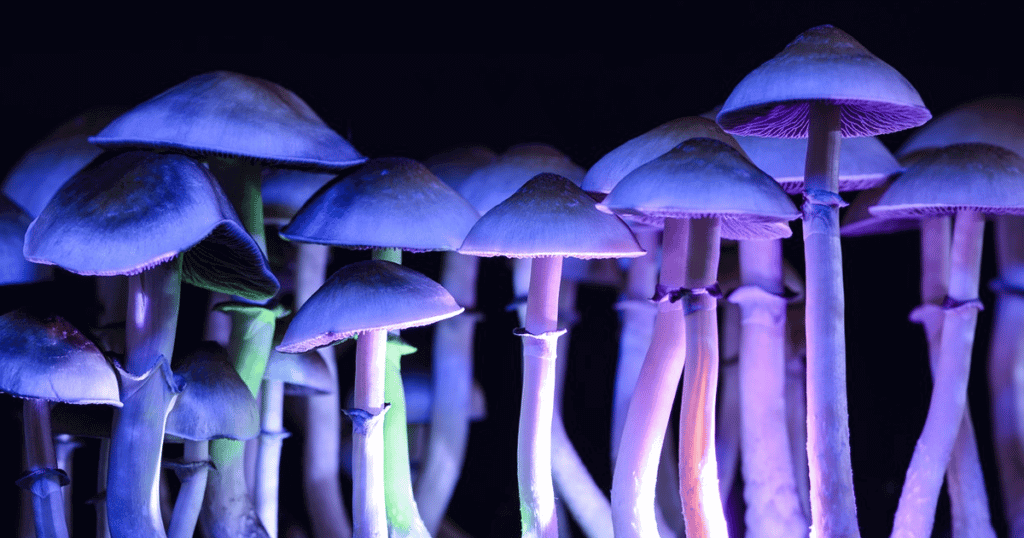
Eventually, the body processes the active chemicals, and their effects dissipate. At this point, someone may be left with a fading impression or a permanent effect: a loss of the sense of reality in which they feel safe and well-adjusted. In these cases, the potential for a damaging mental health condition increases. While this has been the case for many in the past, a new awareness and understanding of psychedelics have rendered a more positive experience and outcome for the individual.
To avoid the adverse effects associated with psychedelics, as mentioned previously, a facilitator must be present, the right environment and mind frame created, and the individual made fully aware of the potency of psychedelics on the brain.
Source: useful reading from Johns Hopkins about psychedelic research and behavior.
Keep up to date with news and historic moments in the psychedelic industries of North America by subscribing to Beard Bros news and press releases.
Enjoyed that first hit? Come chill with us every week at the Friday Sesh for a freshly packed bowl of the week’s best cannabis news!
- Trial Begins for Ex-Rohnert Park Officer Accused of Corruption, Highlighting Failures in Cannabis Law Enforcement
- From Los Angeles to Berlin: How U.S. Cannabis Growers Can Lead in Europe — with Germany as the Launchpad
- Federal Judge Upholds Gun Ban for Cannabis Users Despite State Legalization
- Czech Republic Takes Historic Step Toward Cannabis Reform
- Case Study: Financial Litigation Support for a Cannabis Business
- Oregon’s Ryan’s Law Bill Stalls Again, Advocates Vow to Continue the Fight


